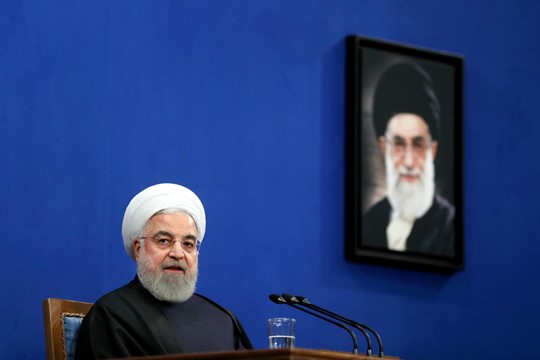The Trump administration’s strategy of applying “maximum pressure” on Iran has succeeded in inflicting unprecedented economic pain on the country, particularly since the U.S. withdrew from the Iran nuclear deal in May 2018 and subsequently reimposed punishing sanctions.
Yet, despite the resulting political pressures that have mounted in Iran, the strategy has failed to meet its ostensible goal of bringing Tehran back to the negotiating table to agree to a far more comprehensive deal.
Nor has it persuaded Iran to significantly alter its regional behavior, particularly its support for proxies that are hostile to the U.S. and Washington’s partners in the Middle East.
The main reason for this failure is not that the sanctions have lacked in intensity and rigor, but because the necessary domestic political conditions within Iran for reengaging with Washington no longer exist.
 Eurasia Press & News
Eurasia Press & News



